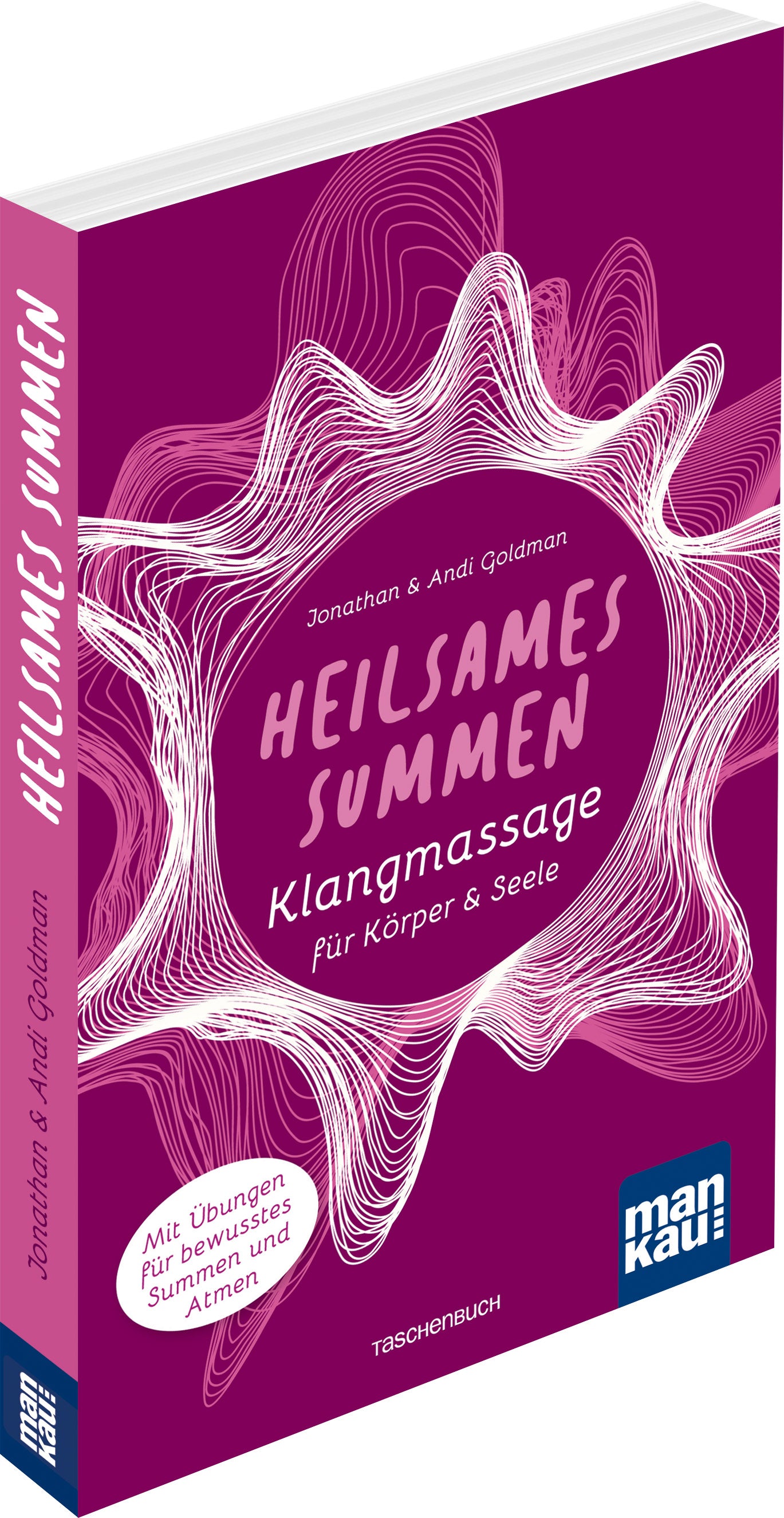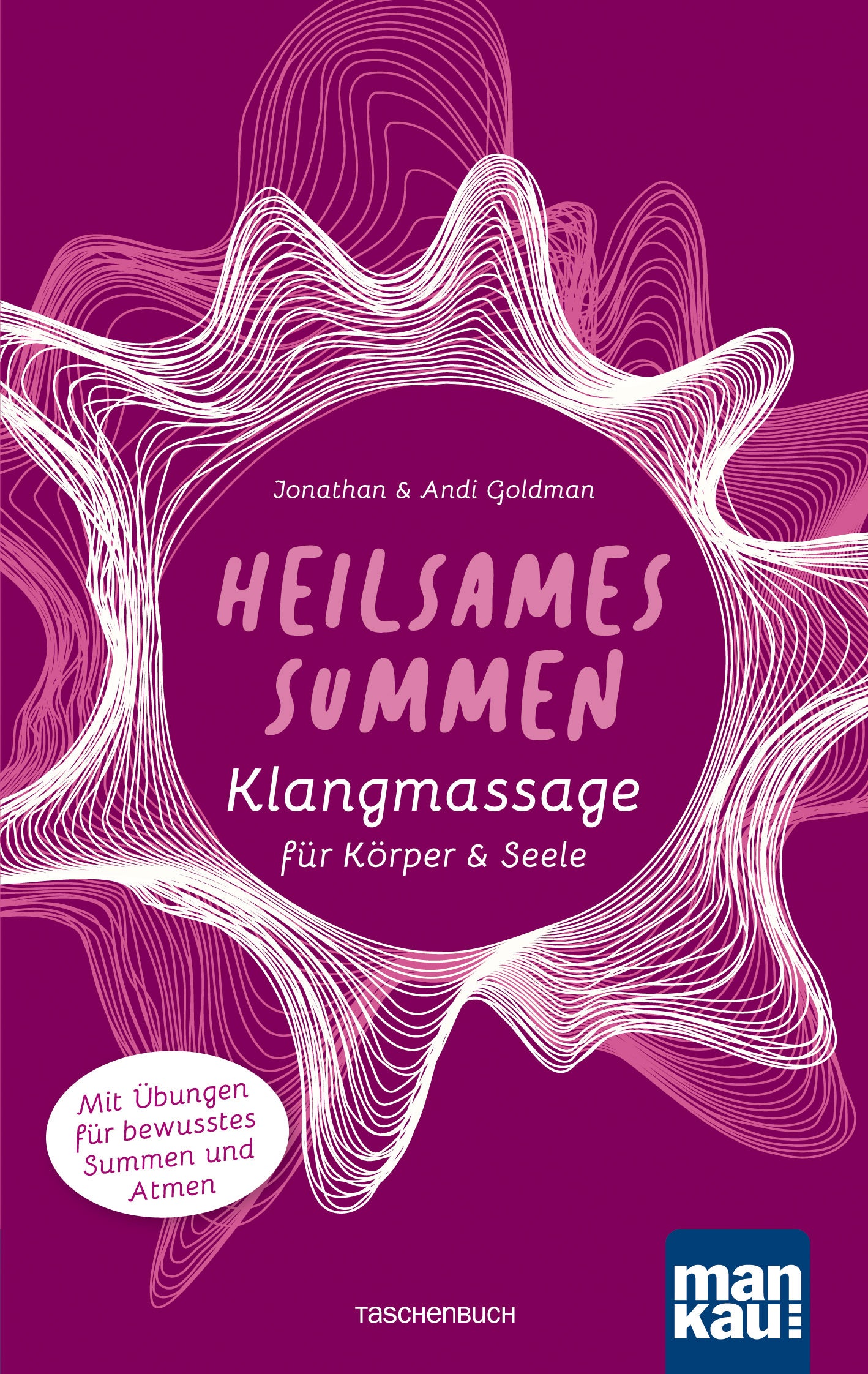Foreword by Dr. John Beaulieu
Humming is an instinctive sound healing that begins in childhood. It is a form of tonification (the articulation of drawn-out vowels) and music-making that restores inner balance. Everyone in the world hums, regardless of culture or faith. We don't ask ourselves why we hum any more than we ask ourselves why we breathe. We just do it. But as we will see, science is beginning to catch up and provide evidence that humming benefits our health and well-being.
I can't remember a time when I didn't hum. When I was a young child, I hummed while I played the piano. I would come up with vocal variations throughout the day. As I got older, I started giving piano performances. I was shocked when I first heard a recording of my piano playing and realized that I had been humming along with the music - loud enough for the audience to hear. I hadn't even known I had been humming.
Over time, I realized that humming was an integral part of the way I learned and memorized musical compositions. When I didn't have a piano available, I used to practice on a foldable cardboard keyboard, which of course produced no sound; I hummed the notes as my fingers flitted across the keys. When I was studying piano at Indiana University, I took a master class with concert pianist Vladimir Ashkenazy. We sat at a table in the lounge and waited for the classroom to open. Ashkenazy didn't want to waste any time, so he asked me to play the 1st movement of Beethoven's "Tempest" Sonata on the table. He hummed as he watched me perform the sonata on the tabletop.
Then he would say things like, "a little more feeling here," and have me repeat the passage, and we would hum along with more feeling. This went on for more than half an hour, during which time people began to gather around the table to listen to the master class. When the hour was over, everyone in the audience applauded. I told Vladimir that I had been humming on stage and now tried to avoid it at concerts. He looked at me in silence for a long time. Then he hummed a long "Hmmmmmmmm." Finally, we got up and went home. The following night, I got a front row seat for his piano concert. I could hear him humming as he played.
For over 40 years I have taught students how to use a tuning fork to calm their nervous system. And I always advised them to hum along with the tuning fork. I told them that the humming was as important as the tuning fork itself. The humming, in resonance with the tuning fork, enhanced the balancing effect.
Humming is an acoustic anchor for creating balance. And you don't even need a tuning fork, really. You can pretend that by simply humming, you are in tune with the tuning fork.
Now for the science. In early 2001, I was working at Cell Dynamics with researchers at the State University of New York. Our work focused on a chemical compound called nitric oxide (NO), a neurotransmitter that is essential to our health and well-being. Nitric oxide is secreted as a gas in 60-minute cycles by endothelial, nerve and immune cells. Impairment of nitric oxide secretion leads to numerous diseases, such as heart disease, motor neuron disease, amyotrophic lateral sclerosis (ALS), depression, Parkinson's disease, autoimmune diseases, Alzheimer's disease, digestive disorders and sexual dysfunction.
During our research, we discovered that the sound produced by BioSonic tuning forks increases nitric oxide release in the body. We immediately published an article on the subject in the Medical Science Monitor. Soon after, I began to see scientific papers on humming and nitric oxide release, which found that nasal nitric oxide levels increased dramatically when humming compared to silent exhalation.
Suddenly, all the years I had spent humming music and instructing my students to hum tuning forks made sense on a whole new level.
Now Jonathan and Andi Goldman have dedicated an entire book to the topic of humming, which contains a lot of important information and exercises. Anyone who hums - in other words, all of us - should read this book and be happy that they can hum better and better.
Edgar Cayce was a great psychologist known as the "sleeping prophet." He once said in a psychology lecture: "Strive to bring more harmony into your life by practicing and using music you create yourself. Even if it is only on a comb - MAKE MUSIC!"
With our current knowledge of sound healing, nitric oxide and humming, I would modify Cayce's statement as follows: "Strive to bring more harmony into your life through the practice and use of self-generated music. Even if you only hum - MAKE SOUNDS AND MUSIC!"
Dr. John Beaulieu, Stone Ridge, New York
(Healing with music and sound)
Dr. John Beaulieu is one of the most celebrated philosophers and innovators in the field of sound healing therapies. A world-renowned speaker, composer and naturopathic doctor, Dr. Beaulieu has developed a groundbreaking technique called BioSonic Repattening, a natural method of healing and evolving consciousness using tuning forks and other sound instruments based on the sound relationships found in nature. He is the author of Healing with Music and Sound and Human Tuning: Sound Healing with Tuning forks. He lectures and provides training seminars for naturopathic doctors worldwide.









